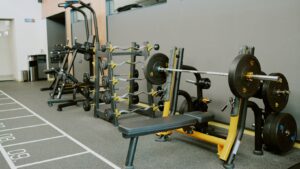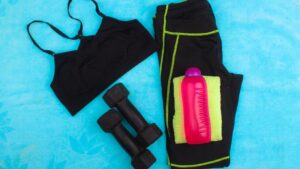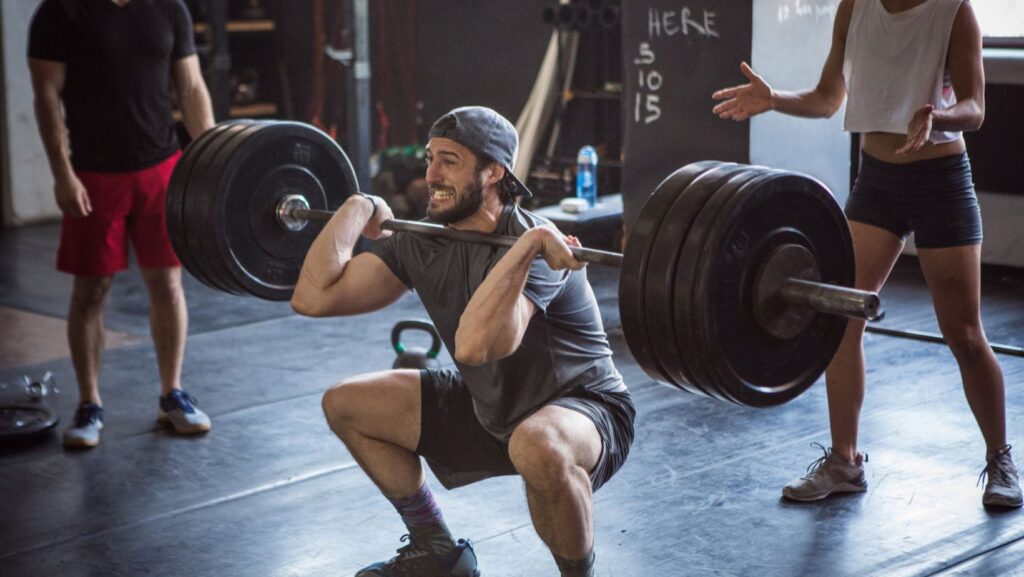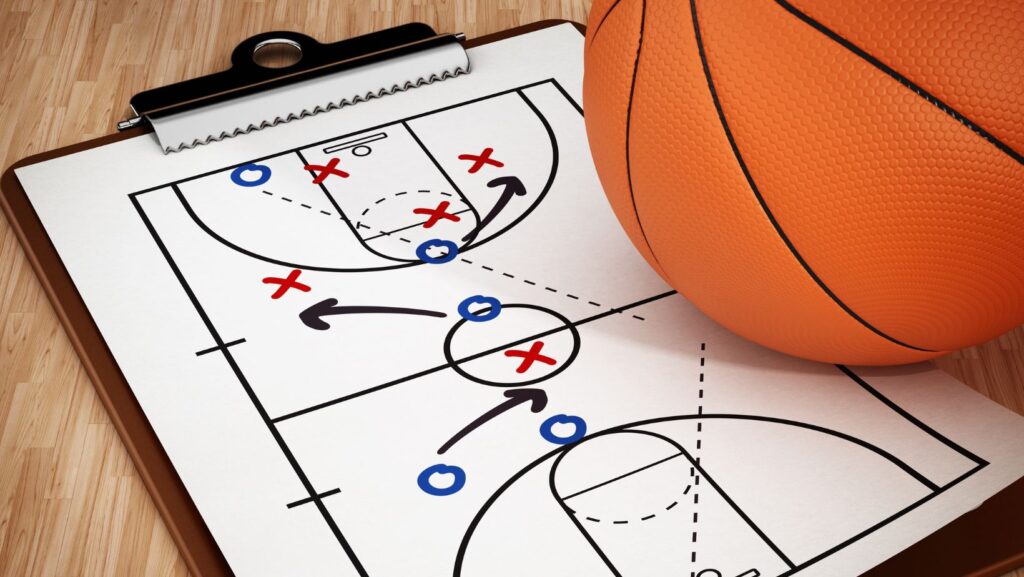Weight training has surged in popularity, becoming a cornerstone of fitness routines worldwide. Whether you’re a seasoned athlete or just beginning your journey, the right gear can make all the difference in achieving your goals. From lifting belts to resistance bands, each piece of equipment serves a unique purpose, enhancing performance and ensuring safety.
Choosing the right weight training gear isn’t just about comfort—it’s about maximizing effectiveness and preventing injury. With a vast array of options available, understanding what suits your specific needs can be daunting. Yet, investing in the right tools is crucial for progress and motivation.
Weight Training Gear

Weight training gear enhances workout efficiency and provides essential support. Athletes and fitness enthusiasts often use these pieces of equipment to boost performance and minimize the risk of injuries.
- Lifting Belts: Lifting belts offer core stabilization during heavy lifts such as squats and deadlifts. They’re essential for practitioners who aim to lift heavier loads safely.
- Resistance Bands: Resistance bands add versatility to workouts, allowing for a range of resistance levels. They help in improving strength, flexibility, and endurance.
- Weightlifting Gloves: Weightlifting gloves protect hands from blisters and enhance grip strength. They’re especially beneficial for performing pull-ups and barbell exercises.
- Knee Sleeves: Knee sleeves provide the necessary compression, guarding against injuries and offering joint support during activities like squatting.
- Wrist Wraps: Wrist wraps stabilize the wrists, reducing strain during lifts. They’re crucial for exercises involving overhead movements and pressing.
Investing in quality weight training gear ensures effective training sessions and enhances long-term fitness progress.
Types Of Weight Training Gear
Weight training comes in various forms, each requiring distinct gear to enhance workouts. Analyzing this gear helps ensure effective training and injury prevention.
Free Weights

Free weights, such as dumbbells and barbells, are fundamental in weight training. Barbells allow the addition of weight plates for adjustable resistance, while dumbbells offer versatile options for both unilateral and bilateral exercises. These tools engage multiple muscle groups, promoting functional strength and improved coordination. Kettlebells, another form of free weights, add a dynamic element to exercises, enhancing core stability and cardiovascular endurance.
Resistance Machines
Resistance machines provide controlled movements, reducing injury risk through guided paths. Leg presses and chest presses—common examples—target specific muscles by isolating movement to optimize strength gains. Many machines have adjustable weights and seating positions, offering personalized workouts catering to varying fitness levels. By limiting user error, resistance machines suit beginners, aiding technique development.
Wearable Resistance
Wearable resistance gear, like weighted vests and ankle weights, incorporates additional weight into natural movement. Weighted vests evenly distribute extra weight across the torso, increasing workout intensity for activities like running or bodyweight exercises. Ankle weights add resistance to lower body movements, enhancing muscle engagement during exercises like leg lifts. By integrating resistance with movement, these tools offer a unique approach to increasing workout challenge and furthering fitness progress.
Choosing The Right Gear

Selecting weight training gear that fits individual needs significantly boosts performance and safety. Factors such as fitness goals and budget play pivotal roles in informed decision-making.
Assessing Your Fitness Goals
Considering personal fitness goals helps determine the necessary weight training gear. For muscle building, individuals might focus on equipment like barbells and dumbbells, which support strength and hypertrophy. Those aiming for endurance could benefit from lighter weights and resistance bands. Powerlifters often require lifting belts and knee sleeves for better support during heavy lifts. Evaluating these factors leads to a more tailored and effective training regimen.
Budget Considerations
While high-quality gear enhances training experiences, aligning gear purchases with financial situations remains crucial. Comparing prices across various brands ensures value for money. Entry-level gear options often provide sufficient durability for beginners, while advanced users might invest in premium equipment for enhanced performance and longevity. Prioritizing essential items like a durable set of dumbbells or a versatile resistance band helps optimize workouts without straining budgets.



